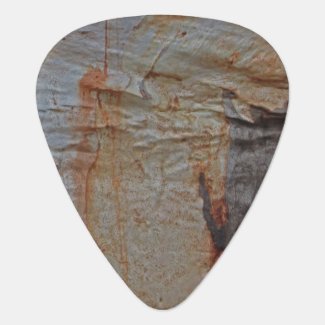If you are an artist or anyone who tends to spend time in nature, it is likely that you have noticed the often intricate patterns of nature. From beehives to feathers to tree bark, nature has an artistic flair. We only need to slow down and take the time to notice. Even with my camera in hand, I need to often remind myself to slow down and take a look around. The small details of nature are often some of the most beautiful.
This past week, I have been spending more time wandering my neighborhood and have taken notice of the dramatic differences in tree bark patterns. I am sure that there is a very scientific reason for the vast array of patterns however my ignorance of those reasons doesn't take away from my admiration of their beauty. This tree trunk almost looks like camouflage to me and in fact, this pattern did a great job of hiding the several small geckos I saw clinging to the trunk. The curved lines and random color differences caught my eye first.
A stark contrast to the above tree bark came from a few feet away. Vastly different coloring and pattern but equally beautiful. The deep lines and shadows of this tree trunk create a huge contrast on this brown bark. This looks to be a sturdy pattern of confident lines and given the height of the tree, it has probably been standing for a long time.
One last example was found on my wanderings and was so unique from anything that I have ever seen before. The bark was paper-thin with wrinkles that formed as the bark wrapped around the large trunk and soared into the air. It peeled off in thin layers and clung to the tree as if the tree was the spine of the book and the pages had been wet and then dried wrinkled and hanging.
The folds made this tree's trunk look as if it was wrapped in fabric that simply looked like bark. The pieces that had dropped to the ground were heavier than I would have expected but the smaller pieces were light and blew in the breeze like leaves that had fallen during the autumn.
Exploring nature whether I have traveled far or am right outside my door is typically an adventure. I can see the same tree, flower, or animal many times yet if I take the time to look, I can discover something new that makes me appreciate it even more. Take a few moments each day to slow down and really look at your surroundings. What you discover might surprise you.




Comments